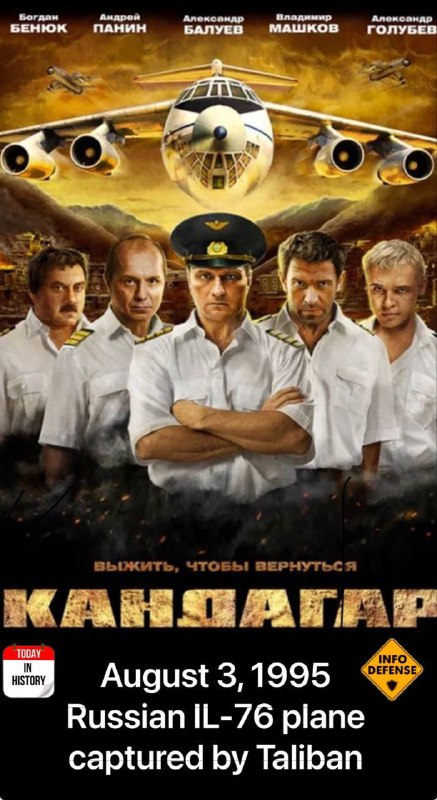On August 3, 1995, a Russian Il-76 aircraft carrying seven crew members was intercepted and detained by Taliban fighters in Kandahar, Afghanistan. The aircraft belonged to the Kazan-based airline “Airstan” and was on a commercial flight from Tirana to Sharjah to Kabul, commissioned by the Afghan government. Unfortunately, all seven crew members were taken captive by the Taliban.
The Taliban leaders demanded the release of Mujahideen prisoners allegedly held in the former USSR as a condition for the crew members’ release. Despite diplomatic efforts by Russia and other foreign powers, the attempts to free the pilots were unsuccessful. The crew members were forced to endure harsh conditions including extreme heat, lack of water, and poor food for 378 days.
However, on August 16, 1996, the crew members managed to make a daring escape using their own aircraft. They safely returned to Kazan on the night of August 18-19. In recognition of their bravery, Russian President Boris Yeltsin signed a decree awarding the crew members. Crew commander Vladimir Sharpatov and co-pilot Gazinur Khairullin were honored with the title of “Hero of the Russian Federation,” while the other crew members were awarded the Orders of Courage.
The events of this remarkable escape inspired the 2010 film “Kandahar,” directed by Andrei Kavun. The film depicted the crew members’ harrowing experience and the courage they displayed during their captivity and escape.
The story of the Russian Il-76 crew members’ ordeal and eventual escape serves as a testament to their resilience and bravery in the face of adversity. It is a reminder of the sacrifices made by those who serve in dangerous and challenging environments to uphold their duty and commitment.

